20 Interesting Facts You Didn't Know About the Movie Tombstone

The epic 1993 Western film Tombstone has cemented its place in cinematic history as one of the greatest movies of its genre. Starring Kurt Russell as the legendary lawman Wyatt Earp and Val Kilmer as Doc Holliday, the movie dramatises the build-up and aftermath of the infamous shootout at the O.K. Corral in 1881 Tombstone, Arizona.

While Tombstone (check out the cast Then and Now) has a huge cult following among Western fans, even the most devoted devotees likely don't know all of these fascinating behind-the-scenes facts and historical tidbits about the film. So let's saddle up and ride through 20 obscure pieces of trivia that reveal the true stories behind the on-screen fiction.
1. Kurt Russell and Val Kilmer Were Not the First Choices for the Lead Roles
It may be impossible to imagine anyone else playing Wyatt Earp and Doc Holliday now, but Kurt Russell and Val Kilmer were not the first choices for the lead roles in Tombstone. In fact, the parts were originally offered to Kevin Costner and Willem Dafoe.
Costner turned down the part of Wyatt Earp to go make his own version of the story, 1994's Wyatt Earp. Kilmer only accepted the role of Doc Holliday when he found out his buddy Costner wasn’t doing it.
As for Russell, the filmmakers' first choice to play the legendary marshal was...Russell's good pal Jeff Bridges. But Bridges decided to play “The Dude” in The Big Lebowski instead. Apparently the whole “tombstone” aspect made him uncomfortable.
RELATED⌄2. The Screenwriter Moved to Tombstone

In order to write an authentic script about the Earps and Holliday, screenwriter Kevin Jarre literally moved to Tombstone for a period of months.
Jarre soaked up the town’s history and atmosphere, visited all the key locations, and even put himself through “Cowboy Camp”, where he learned essential Old West skills like riding, shooting, and wearing six-shooters.
The extensive research paid off, as Jarre’s meticulous script laid the groundwork for one of the most realistic depictions of the famous gunfight ever filmed.
3. Sam Elliott’s Mustache Has a Family Connection to the Real Wyatt Earp

The epic style of facial hair sported by Sam Elliott’s Virgil Earp is truly a sight to behold. But believe it or not, the commanding mustache played by Elliott in Tombstone actually has a genealogical connection to the real-life Wyatt Earp.
Elliott’s stunning soup strainer is indeed a cognate of Wyatt Earp's own famous whiskers. Here’s how: Elliott is related to Wyatt Earp’s grandson, a man named William Earp who also wore an equally prodigious moustache back in the day. The two mustaches emerged from the same genetic lineage!
Some movie magic was still needed though. To get Elliott’s moustache to the mighty proportions seen on screen, the hair department used black mascara to enhance it. That’s some serious cowboy cosmetology.
4. Director George Cosmatos Had Always Dreamt of Filming the Gunfight at the O.K. Corral
For director George Cosmatos, simply known as “Cosmos” on set, making Tombstone represented the culmination of a lifelong dream.
Since seeing the 1957 Burt Lancaster film Gunfight at the O.K. Corral as a young lad in Italy, Cosmatos had yearned to direct his own version of the legendary shootout. When he finally got the chance, he made sure to film the climactic confrontation in the actual O.K. Corral, right there in Tombstone, Arizona.

According to the cast, Cosmatos was incredibly focused on authenticity throughout filming. He always described Tombstone not as a Western, but as a “classic Greek tragedy played out in the American frontier”. Talk about lofty artistic goals!
RELATED⌄5. Contrary to Appearances, Val Kilmer Could Actually Play the Banjo
As the sickly, alcoholic Doc Holliday, Val Kilmer delivers an iconic performance that deservedly earned him a Best Supporting Actor Oscar nomination. And while the real Doc Holliday wasn’t known as a banjo player, Kilmer surprisingly could fingerpick a little bit.
Prior to filming, he practiced banjo extensively to inhabit Doc’s eccentricities. So even though his prickly on-screen bandmate chides him for not being able to play “Dixie” properly in that memorable scene, rest assured Val Kilmer could legitimately pluck that banjo. His commitment to character was that extreme.
6. Kurt Russell Perfected How to Use Authentic Period Firearms
Never one to approach his roles halfway, Kurt Russell went to great lengths to wield Old West firearms with complete authenticity. Before production began, Russell underwent extensive weapons training to master the classic single-action revolvers used in the film.
Russell and legendary Hollywood gun coach Thell Reed practiced speed loading, fanning hammers, and even flat-out drawing from the hip and fanning the hammer just like real gunslingers did back in the day. The climactic shootout wouldn’t have nearly the same power and realism without Russell’s dedication to handling those six-shooters like a true 1880s lawman.
7. The Entire Town of Tombstone Was Recreated Down to the Last Detail
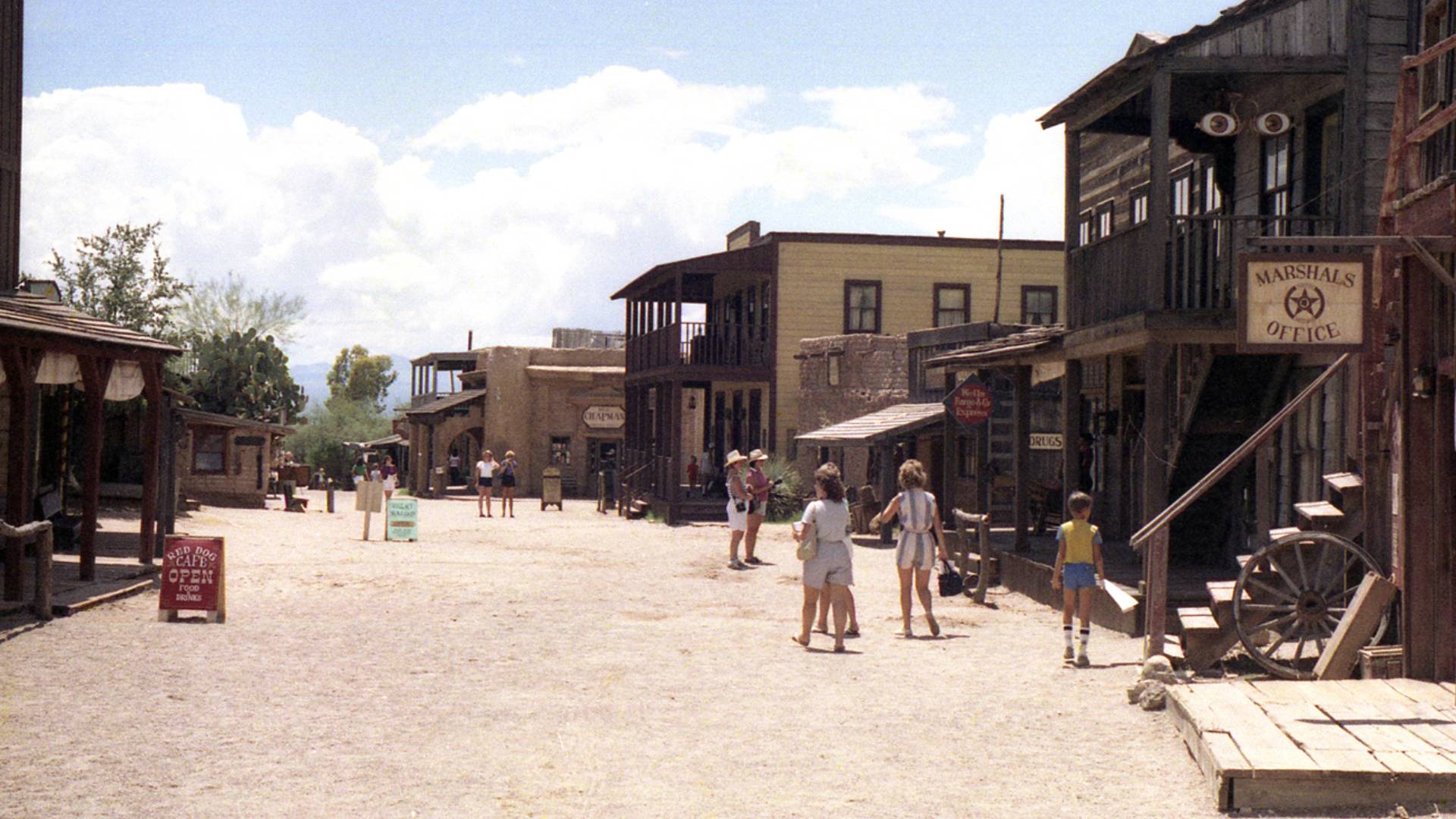
The filmmakers knew they needed an authentic setting to match the script's historical accuracy. To that end, entire town of tombstone was painstakingly recreated down to the tiniest detail for the movie.
Production designer Catherine Hardwicke and her team referenced historical photographs and building diagrams to produce a meticulous replica 1880s frontier town. The set spanned a massive 12 acres and included over 65 structures and buildings constructed from scratch.
This incredibly elaborate set allowed the cast to fully immerse themselves in the past. Actors have said that walking onto the set was literally like stepping back in time to the real Tombstone of 1881. Now that’s some serious world-building.
8. Billy Bob does Adlib
In the Film, Billy Bob Thornton Plays Johnny Tyler, and You Would Think He Was Given a Good Bit of Dialogue Based on how His Scenes Play Out in the Film. But According to ScreenRant, His Role Was Completely Ad-Libbed, with the Actor Given the Simple Direction of Being "Mean" to Kurt Russell's Wyatt Earp. Given That Tombstone Was Made Only a Few Short Years Before Thornton Won an Oscar for Writing Sling Blade (Which He Also Directed and Starred), It Might Not Be Surprising to Know That He Was Up to the Challenge and Handled Himself Accordingly — Despite These Limitations. Sure Enough, Thornton Really Got a Chance to Prove His Skills.
RELATED⌄9. The Movie Originally Contained a Romantic Subplot Between Wyatt Earp and Josephine Marcus

Believe it or not, the original cut of Tombstone contained entire romantic subplot between Kurt Russell's Wyatt Earp and Dana Delany’s Josephine Marcus that ended up on the cutting room floor.
Test audiences found the love story detracted from the narrative's focus on Wyatt's male relationships and the central themes of loyalty and vengeance. So director Cosmatos snipped it out, although a few remnants of the deleted scenes remain in the finished film.
Delany has said she regrets how much was cut, but ultimately the film is more streamlined and hard-hitting without this passionate romance subplot. It was the right call, no doubt.
10. Modern Movie Audiences Have No Idea How Shocking that “Skinning Scene” Was
One scene in Tombstone that was genuinely shocking and groundbreaking to audiences in 1993 was when Curly Bill Brocious boasts about “skinning” Mexicans. The mere implication of such a brutal act was seen as highly controversial at the time.
Of course today, with modern desensitization to movie violence, that scene may hardly raise eyebrows. But in 1993, a major Hollywood Western casually referencing gruesome atrocities was seen as intensely bold and boundary-pushing. It’s just one example of how Tombstone didn’t pull any punches in its depiction of the harsh realities of the frontier West.
11. Kurt Russell Sees Tombstone as the Fulfillment of a Childhood Dream
Playing the legendary Wyatt Earp in a huge Hollywood Western fulfilled a lifelong dream for Kurt Russell. Since childhood, Russell had aspired to follow in the bootsteps of silver screen cowboys like John Wayne and Roy Rogers.
As a kid, Russell even starred as a young deputy opposite Elvis in the 1963 film It Happened at the World's Fair. So when the long-sought opportunity finally came around for Russell to don that iconic marshal's badge in Tombstone, it represented the culmination of a childhood dream 30 years in the making for one of cinema’s greatest tough guy actors.
12. The Film Had an Extensive Full-Scale “Boot Camp” for the Actors
The director was committed to making sure the actors could authentically play their Old West roles on screen. To that end, the entire cast underwent an intensive “boot camp” for two weeks prior to filming.
This crash course at Old Tucson Studios covered essential Old West skills like horseback riding, gun handling, stagecoach driving, and blacksmithing. The rigorous preparation helped the cast inhabit their characters and gave the film an unmatched feeling of historical authenticity.
13. Doc Holliday's Famous Cup and Saucer Are on Display in Arizona

One of the most memorable props in the film is the dainty antique cup and saucer that Doc Holliday drinks from while playing cards, accentuating his cultured refinement and Southern roots.
As it turns out, that cup and saucer set actually once belonged to the real Doc Holliday himself. The antique set was purchased from a private collector by the film's prop master and today is on display in the Crystal Palace Saloon in Tombstone, Arizona for tourists to admire. Now there’s some genuine Wild West history for you!
RELATED⌄14. Sam Elliott Came Out of Semi-Retirement to Play Virgil Earp
Prior to Tombstone, revered character actor Sam Elliott had been semi-retired for nearly 5 years after becoming disillusioned with Hollywood. But when he read the script and knew friend Kurt Russell was attached, he decided the role of Virgil Earp was special enough to return for.
In an interview, Elliott said knowing Russell would play Wyatt convinced him to return because it “meant [they'd] have some laughs”. It just confirms the rapport and friendship between these two legendary actors. And thank goodness Elliott did return, as his gravitas and presence are perfect for the role.
15. The Movie Resurrected the Western Genre in Hollywood
By the early 1990s, the once-mighty Western movie genre had been languishing in a long decline, with few major films produced. Tombstone helped breath new commercial and artistic life back into the Western.
The film's massive success proved a historical frontier movie could still draw big mainstream crowds. Its perfect blend of action, drama, and authenticity raised the bar for a modern Western. After years out to pasture, Tombstone helped this purely American genre ride high in the saddle once again.
16. Curly Bill's Death Was Inspired by El Paso Gunfighter John Selman

The memorable scene where Wyatt surprises Curly Bill Brocious at the campfire and guns him down was actually inspired by a real event from the Old West. The screenwriter based it on John Selman’s ambush and murder of notorious outlaw John Wesley Hardin in El Paso, Texas.
By mirroring the suddenness and brutality of that famous confrontation, the script adds a dose of genuine Western history to Wyatt's vengeance-fueled quest. It makes Curly Bill's death even more viscerally impactful.
17. The Infamous Line “I’m Your Huckleberry” was Improv by Val Kilmer
One of Tombstone’s most iconic lines, when Doc Holliday casually drawls “I’m your huckleberry” before facing off with Johnny Ringo, was actually an improvisation by Val Kilmer that wasn’t in the script.
Kilmer claimed to have heard the obscure phrase in the context of “I’m the right man for the job” while researching the character and time period. The line sums up Doc Holliday’s mix of moxie and menace perfectly. Kilmer’s spur-of-the-moment improv gave the film one of its most memorable quotes.
18. The Film Originally Received Mixed Reviews Critiquing Its Historical Accuracy
When Tombstone was first released in 1993, some critics were a bit underwhelmed, feeling it didn't accurately portray the real events and personalities involved in the Earp saga.
Particularly, Wyatt's quest for vengeance was seen as turning the lawman into more of a stereotypical gunslinger figure. However, in recent years, the film’s status has been reappraised. Most fans and critics now view it as an undeniable classic of the genre that strikes an ideal balance between history and Hollywood.
RELATED⌄19. Despite Its Title, Very Little Was Shot on Location in Tombstone
Here's an interesting irony surrounding the film - even though it's named Tombstone after the famous Arizona town where the historical events occurred, very few scenes were actually shot on location there.
Apart from the O.K. Corral shootout filmed in its real location, the vast majority of the movie was shot nearly 200 miles away in Mescal, Arizona. The sprawling 12-acre town set was built from scratch in Mescal simply because it was cheaper and more budget-friendly than filming in Tombstone itself. Sometimes practicality has to trump authenticity.
20. A Doctor Was Brought On Set Specifically to “Age” the Actors
To convincingly play frontiersmen who survived the harsh elements of the West, the principal cast had to look appropriately grizzled and weathered.
Makeup effects specialist Jill Rockow had a secret weapon to realistically age the actors - actual silicone medical prosthetics designed for burn victims. Under Rockow’s supervision, dermatological products meant for medicine were ingeniously used to create leathery, creased, and rugged facial textures befitting the characters' rough-and-tumble lifestyles.
So there you have it - 20 obscure nuggets of trivia about one of the greatest Westerns of all time. From mustaches to skin conditions, romantic subplots to flying cups of poison, hopefully this revealed some tantalizing new tidbits about Tombstone that even diehard fans might not have known. Which was your favorite obscure fact about this epic frontier classic? Let me know in the comments!
Frequently Asked Questions
Q: Where was Tombstone filmed?
A: The movie was predominantly filmed on location in Arizona, including the towns of Mescal and Old Tucson Studios. Filming in Arizona allowed the use of authentic western locales.
Q: How historically accurate is the film?
A: The filmmakers went to great lengths to ensure historical accuracy, using period-correct weapons and clothing. It depicts the real-life 1881 OK Corral shootout and aftermath.
Q: How did Val Kilmer prepare for his role as Doc Holliday?
A: Kilmer heavily researched Doc Holliday in order to portray him as accurately as possible, including learning to play the banjo.
Q: What was cut from the original version?
A: The original cut contained a romantic subplot between Wyatt Earp and Josephine Marcus that was removed.
Q: How did the movie impact the Western genre?
A: Tombstone helped resurrect the Western genre after years of decline by proving historical frontier movies could still be mainstream hits.
Tweet
Happy viewing!




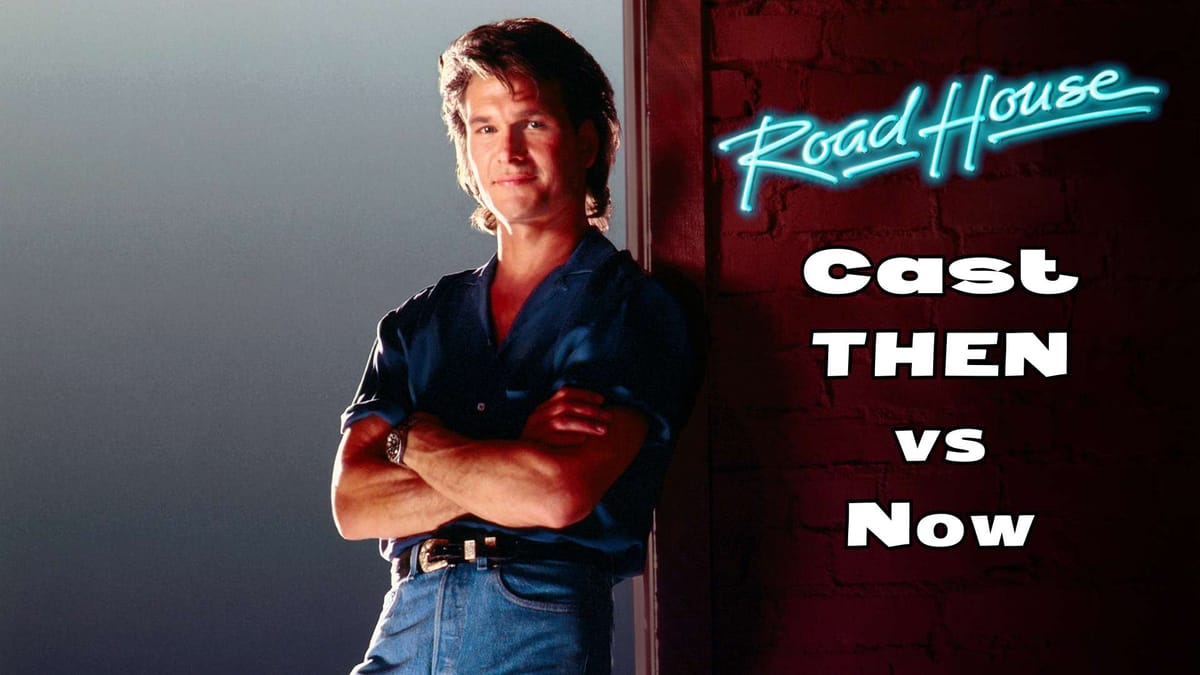

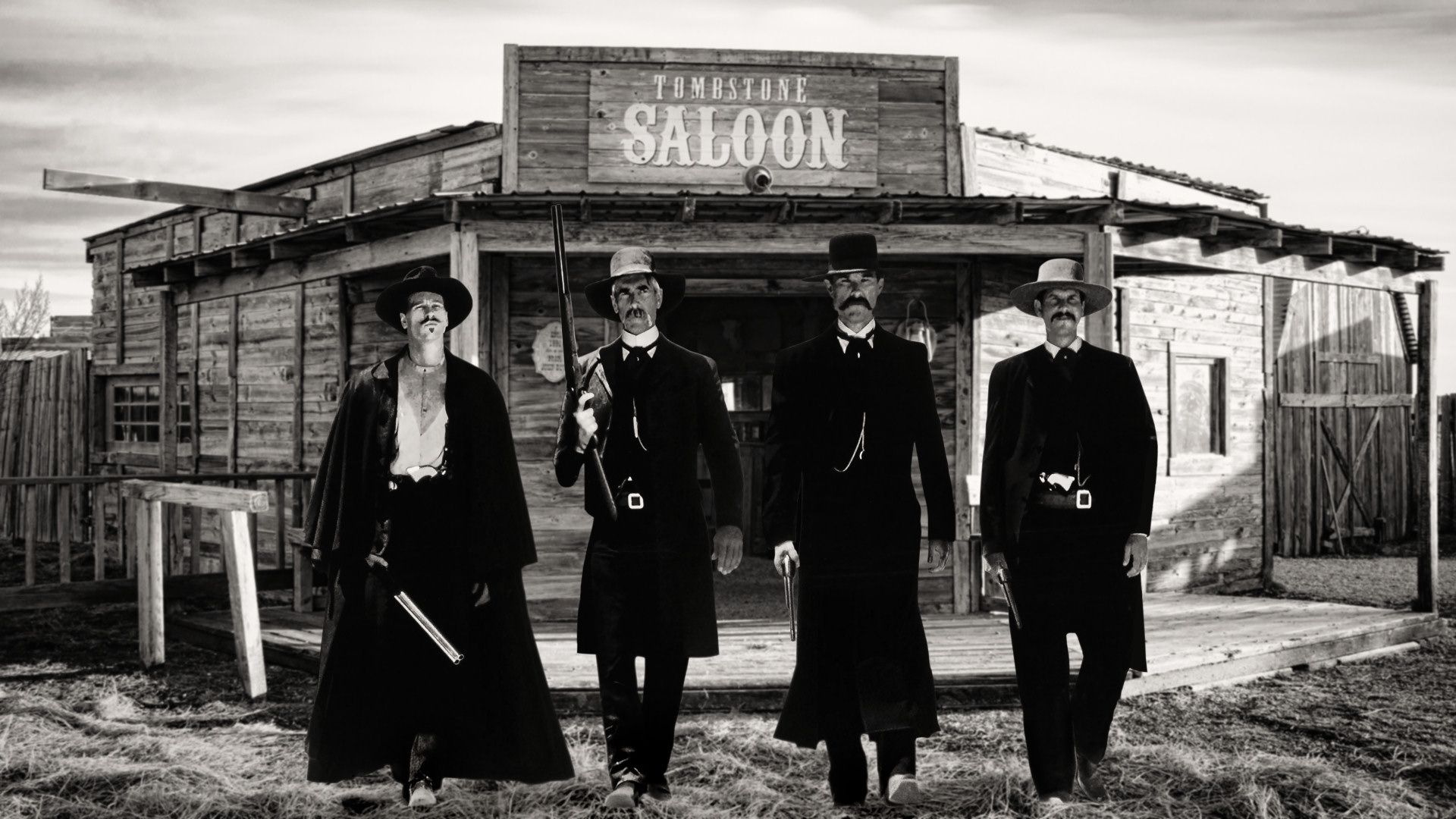

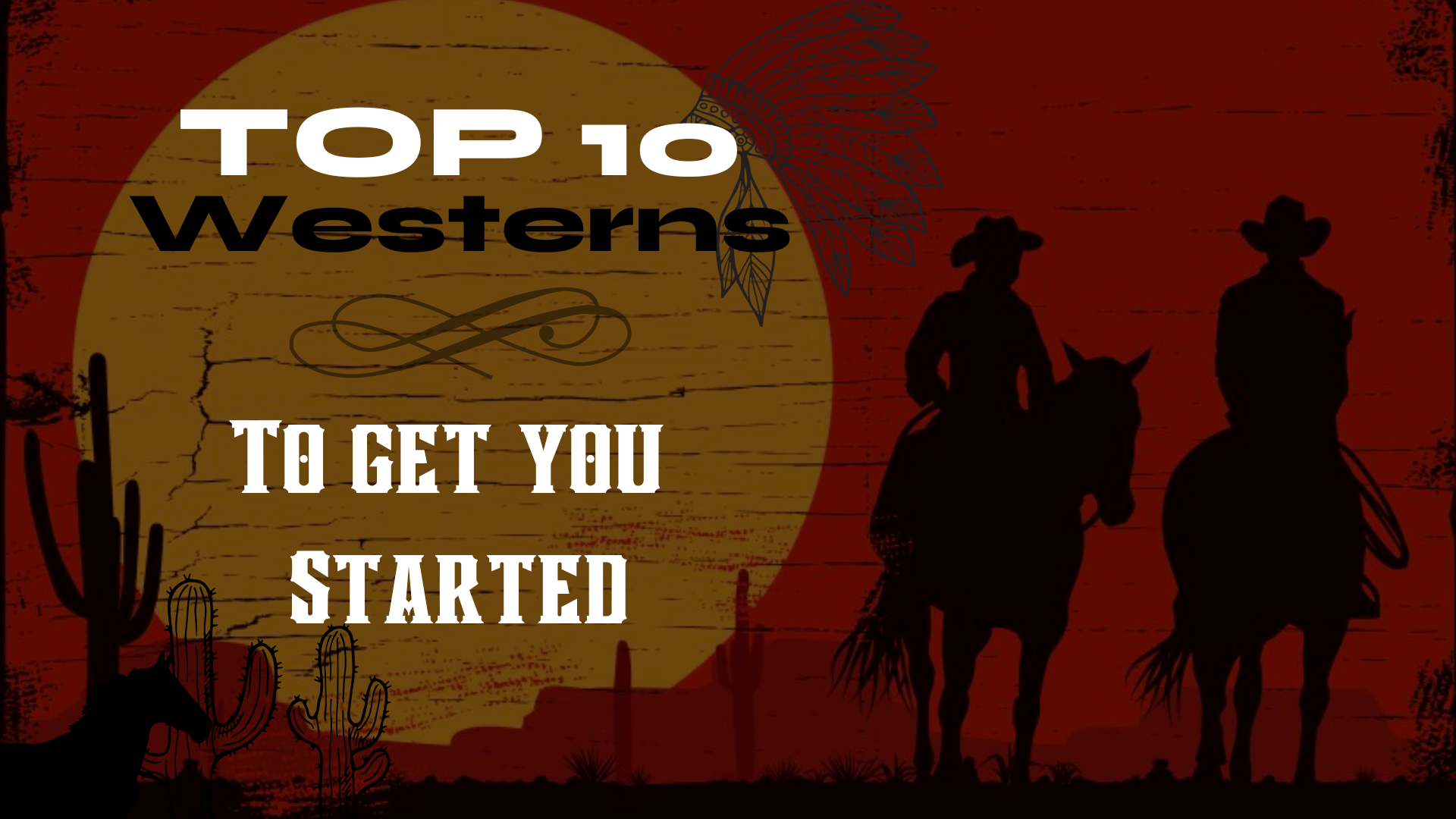
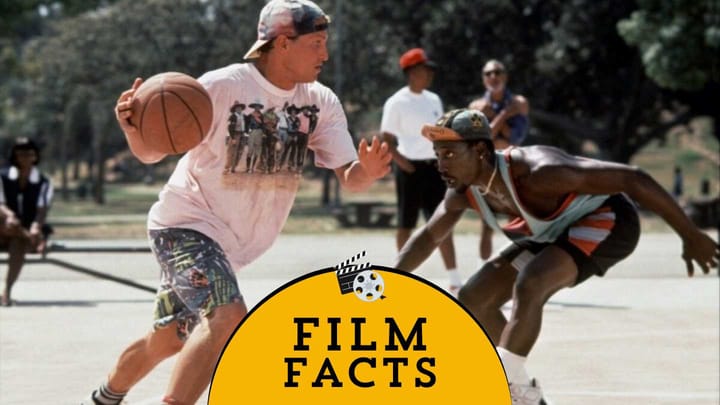
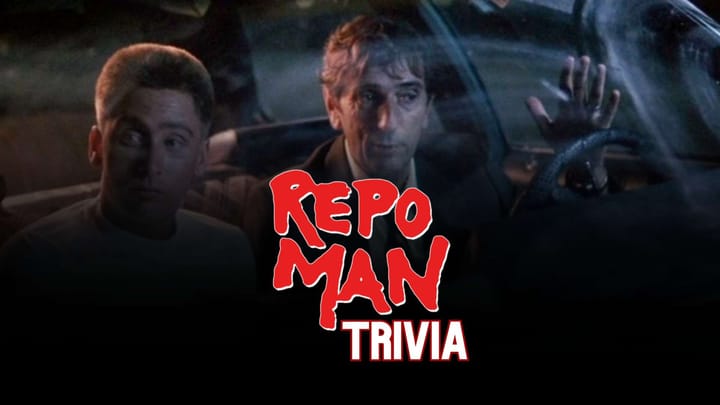
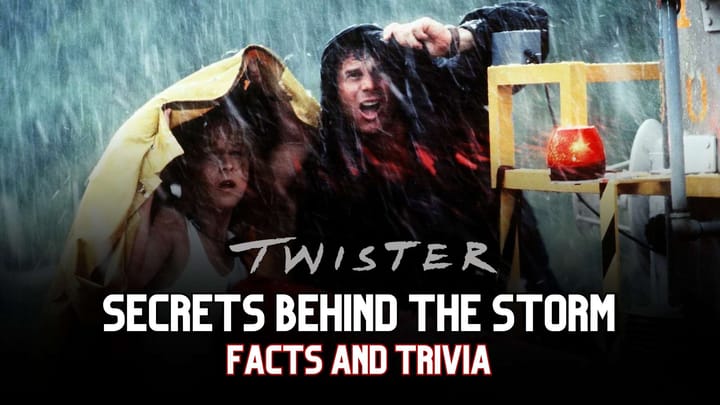
Comments ()